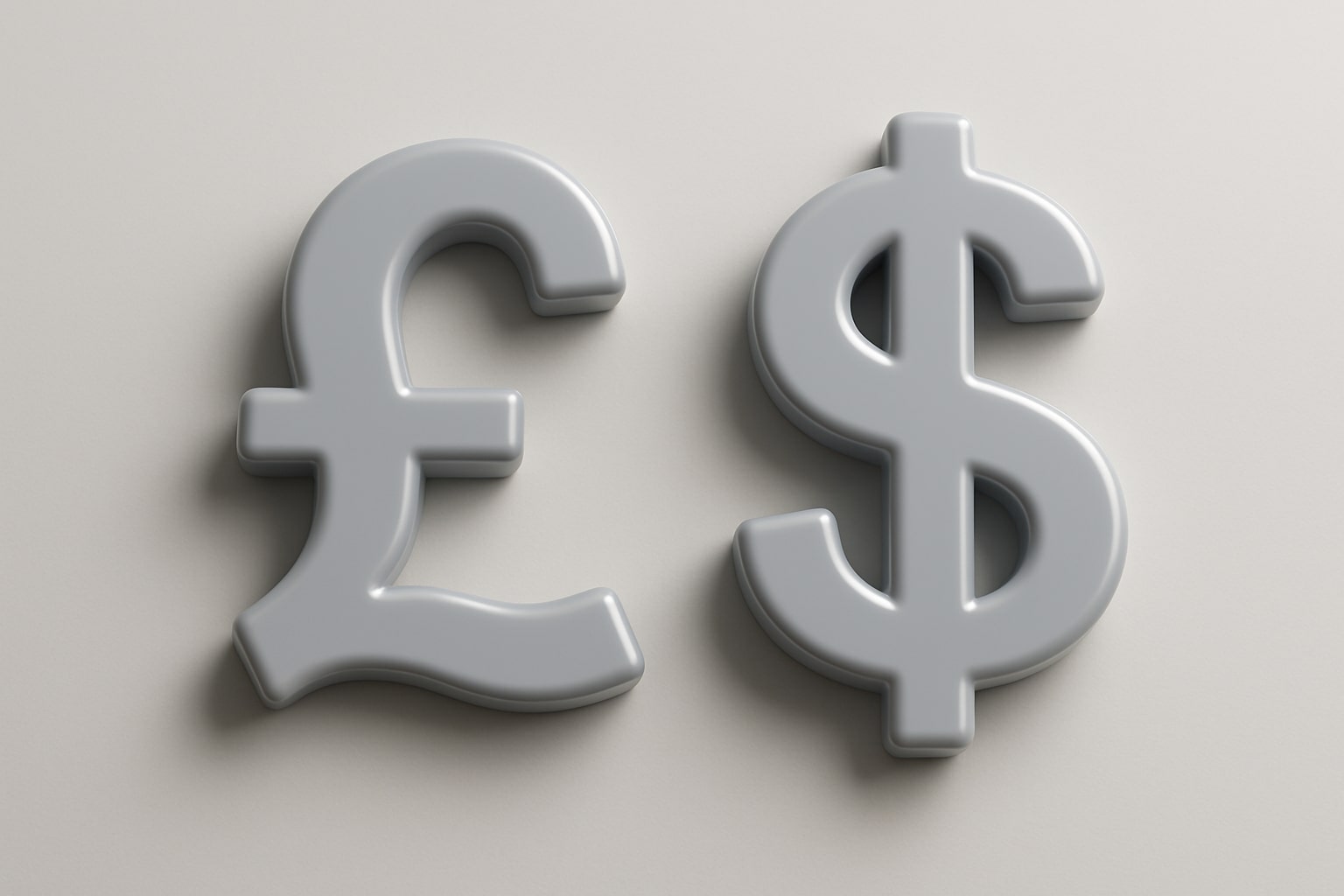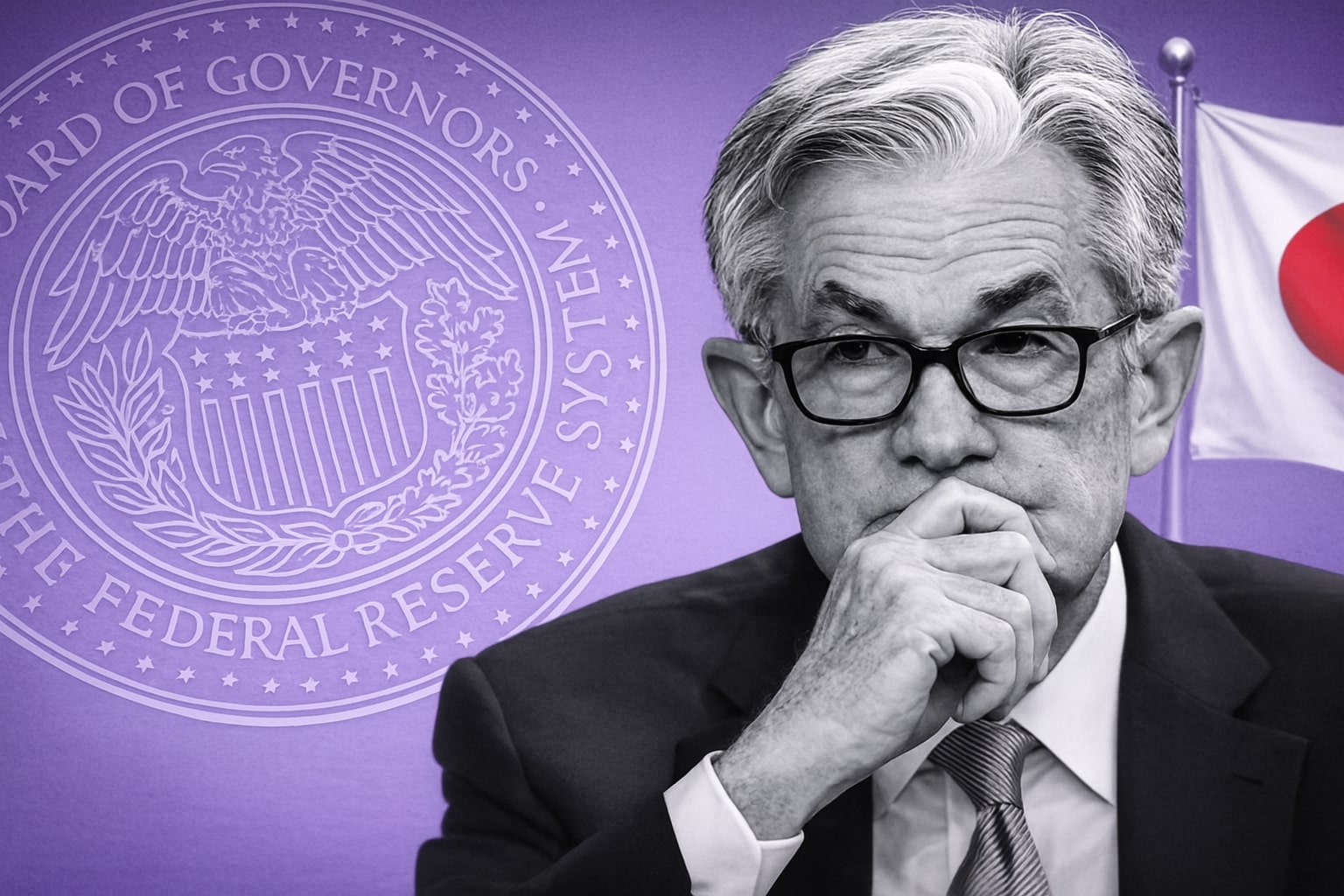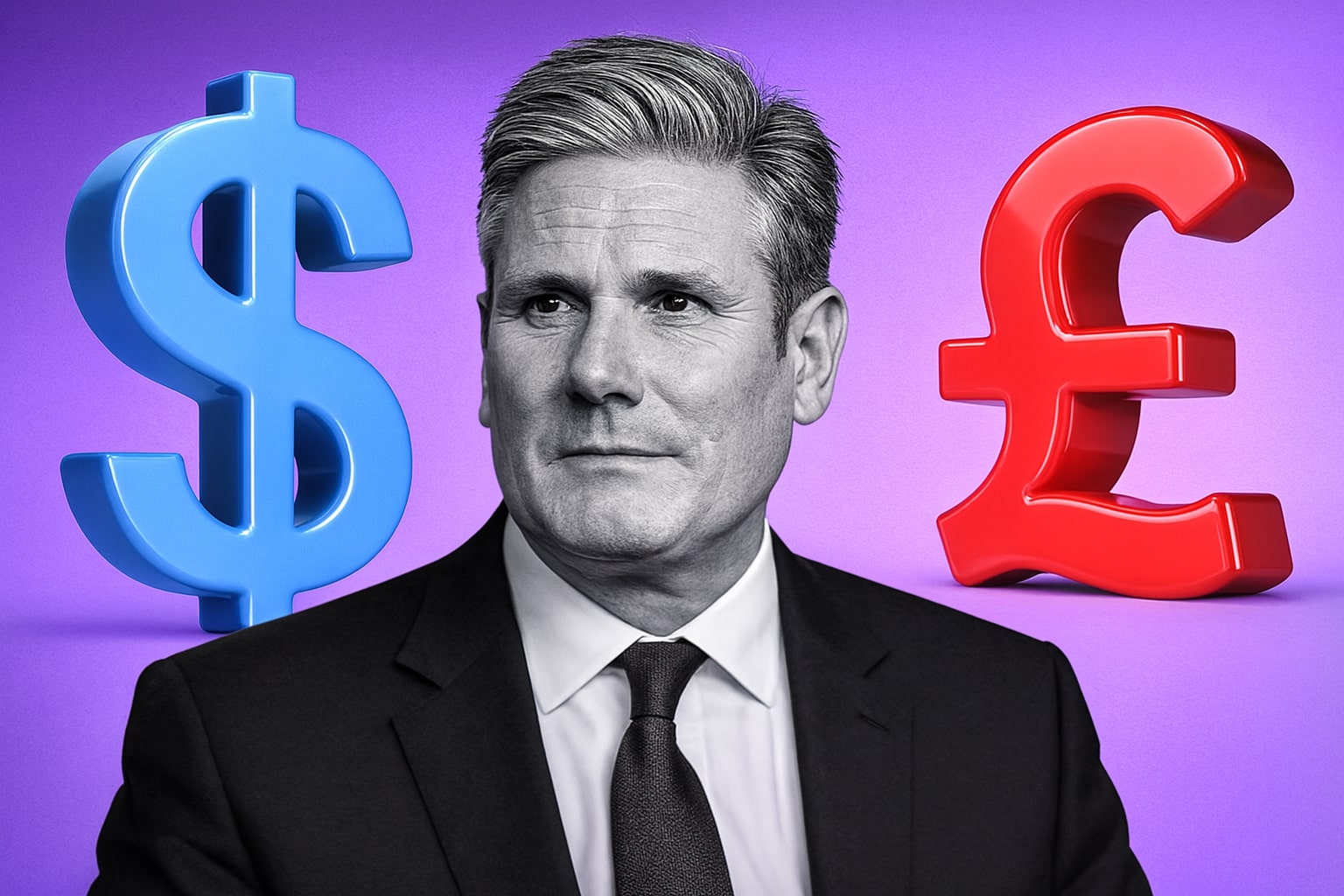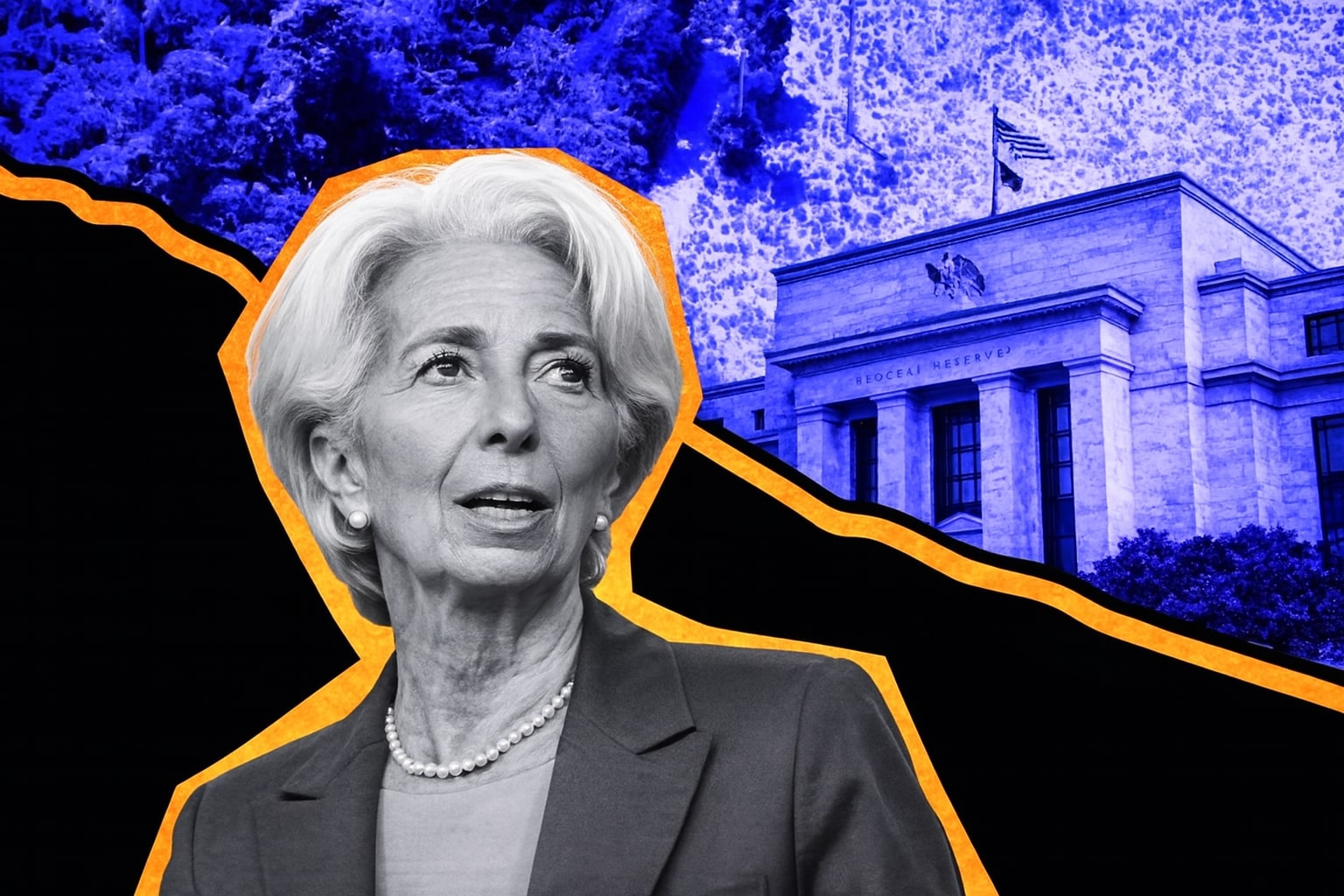
GBP/USD Price steadies near 1.3450 as BoE’s “hawkish cut” collides with a tentative Dollar bid
With Bank Rate anchored at 4.00% and further BoE easing largely priced out, GBP/USD momentum stays constructive while above 1.3389; a daily close through 1.3462 unlocks 1.3514 and 1.3586–1.3600, while a rejection shifts focus back to 1.3400/1.3389 and 1.3345 as Fed personnel headlines and data cadence drive the next break | That's TradingNEWS
GBP/USD steadies at 1.3437–1.3450 as a “hawkish cut” from the BoE collides with a tentative Dollar bid
Sterling refused to give back the BoE bounce. GBP/USD spent the New York session pinned near 1.3437–1.3450 after the Bank of England trimmed Bank Rate 25 bps to 4.00% on a knife-edge 5–4 vote, then signaled it’s in no rush to ease again. OIS markets now assign roughly 87% odds that September is a hold, with just ~17 bps of cumulative cuts priced through year-end. Across the Atlantic, a modest Greenback recovery followed headlines that Fed Governor Christopher Waller is the Trump team’s preferred successor to Chair Powell in 2026, while prospective Governor Stephen Miran is expected to join the Board, both developments that nudge rate-path uncertainty without changing September odds meaningfully. U.S. data were soft around the edges—initial jobless claims rose to 226,000 versus 221,000 expected, nonfarm productivity printed 2.4% versus 2.5% consensus, and unit labor costs ran 1.6% versus 1.5%—which left markets still leaning toward a 25 bp Fed cut next month. Net, the pair’s BoE-led risk premium held, but topside extension stalled into nearby technical supply.
BoE messaging, split vote, and UK inflation profile keep Sterling’s rate floor intact
Threading the needle between inflation vigilance and growth fatigue, the MPC’s 25 bp cut came with language that leaned restrictive by refusing to pre-commit to a sequence. Governor Andrew Bailey flagged near-term inflation stickiness from food and energy, and the Bank’s updated 1-year CPI projection stepped up to 2.7% from 2.4%. Chief Economist Huw Pill, who dissented in favor of no change, stressed that disinflation is ongoing but medium-term risks have tilted higher. That mix explains why front-end UK rates didn’t collapse after the cut and why GBP/USD held gains even as U.S. rates stayed volatile. Markets have largely priced out a follow-on move in November, which mechanically supports Sterling’s carry versus peers and helps explain the cross-asset heat map that shows the pound outperforming this week, including a 1.49% gain versus JPY and 0.55% versus EUR, while holding roughly 1.18% versus USD from the lows.
U.S. policy swirl: Waller speculation, Miran to the Board, and Musalem’s read on risks
Fed personnel chatter mattered at the margin. Reports that Christopher Waller is the leading candidate to replace Powell in May 2026 initially nudged the dollar firmer, given his reputation for data-dependence and his recent vote to cut in July—which paradoxically reduces tail-risk of hyper-aggressive easing while leaving a September trim (~90–95% odds) intact. St. Louis Fed President Alberto Musalem underscored that inflation remains above target even as labor-market risks tilt lower, a combination that argues for gradualism rather than shock-and-awe. For GBP/USD, that set-up caps immediate upside until U.S. CPI and UK labor/GDP next week clarify which central bank has more room to wait.
Short-term tape: buyers defended 1.3218–1.3400, but 1.3462/1.3500 is the intraday gatekeeper
The pair carved a sequence of higher lows from 1.3151 to 1.3218 to 1.3345 before vaulting 1.3402, and it’s now compressing beneath a dense resistance band at 1.3462, then the 50-day SMA parked near 1.3500. Momentum is constructive but stretched—RSI on the 4-hour chart sits near 68, MACD is positive but flattening—arguing for a pause unless fresh catalysts arrive. A decisive close above 1.3462 unlocks 1.3514 and 1.3586, with 1.3600 a psychological magnet if U.S. CPI underwhelms or UK data beat. Failure to clear 1.3462 on strong volume invites a fade toward 1.3400 and the 20-day SMA at 1.3389; deeper pullbacks would refocus 1.3345 and 1.3281, with the entire bullish structure only threatened on a break of 1.3218 that re-opens 1.3151.
Flows and positioning tell a consistent story: BoE’s “last cut of 2025” narrative keeps dips shallow
With swaps markets now implying that Thursday’s move could be the only BoE cut in 2025 absent a downside growth shock, Sterling retains a relative-carry cushion into Q3. That’s visible in this week’s broad-based GBP resilience and in rate-differential models that continue to track spot near the upper end of fair value. Into next week’s UK labor market, GDP, and retail sales prints—set against U.S. CPI, PPI, retail sales, and UoM sentiment—the asymmetry skews toward shallow dips being absorbed as long as 1.3389/1.3400 holds on a closing basis.
Trading stance on GBP/USD: tactically bullish while above 1.3389; upside targets 1.3514 then 1.3586/1.3600; risk flips below 1.3218
Given a 1.3437–1.3450 New York close, a hawkish-cut BoE, and U.S. data that still favor a September Fed trim, the path of least resistance remains higher provided price holds 1.3389 on pullbacks. I favor buying dips into 1.3400–1.3420 with invalidation under 1.3385, aiming first for a clean break of 1.3462 and then 1.3514; a momentum extension targets 1.3586–1.3600. If 1.3389 gives way on a daily close, expect a reset into 1.3345 and 1.3281; a loss of 1.3218 would neutralize the medium-term uptrend and argue for patience back toward 1.3151 before reassessing. Directionally, that’s a buy bias while above 1.3389, a hold between 1.3345 and 1.3389, and sell-rallies only if the market cracks 1.3218 with U.S. data surprising hot or UK prints disappointing.
That's TradingNEWS
Read More
-
SMH ETF: NASDAQ:SMH Hovering at $350 With AI, NVDA and CHIPS Act Fueling the Next Move
16.12.2025 · TradingNEWS ArchiveStocks
-
XRP ETFs XRPI and XRPR: Can $1B Inflows Lift XRP-USD From $1.93 Back Toward $3.66?
16.12.2025 · TradingNEWS ArchiveCrypto
-
Natural Gas Price Forecast: NG=F Falls to $3.80–$3.94 as Warm Winter Kills $5.50 Spike
16.12.2025 · TradingNEWS ArchiveCommodities
-
USD/JPY Price Forecast - USDJPY=X Slides, BoJ 0.50% Hike, Fed Cut and NFP Set the Next Big Move
16.12.2025 · TradingNEWS ArchiveForex



















